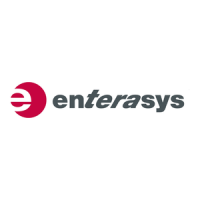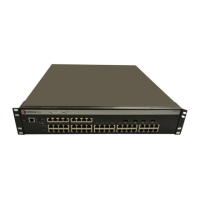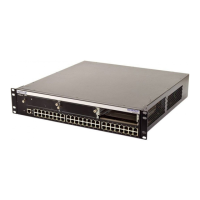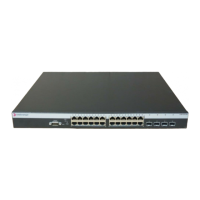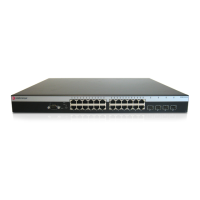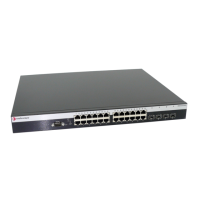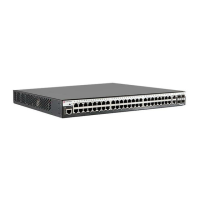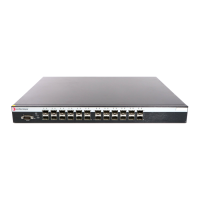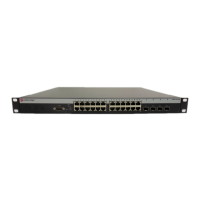Basic Configuration
3-29
3
CLI – Enter the syslog server host IP address, choose the facility type and set the
minimum level of messages to be logged.
Displaying Log Messages
Use the Logs page to scroll through the logged system and event messages. The
switch can store up to 2048 log entries in temporary random access memory (RAM;
i.e., memory flushed on power reset) and up to 4096 entries in permanent flash
memory.
Web – Click System, Log, Logs.
Figure 3-17. Displaying Logs
Console(config)#logging host 192.168.1.7 4-46
Console(config)#logging facility 23 4-46
Console(config)#logging trap 4 4-47
Console(config)#end
Console#show logging trap 4-49
Syslog logging: Enabled
REMOTELOG status: Enabled
REMOTELOG facility type: local use 7
REMOTELOG level type: Warning conditions
REMOTELOG server IP address: 192.168.1.7
REMOTELOG server IP address: 0.0.0.0
REMOTELOG server IP address: 0.0.0.0
REMOTELOG server IP address: 0.0.0.0
REMOTELOG server IP address: 0.0.0.0
Console#
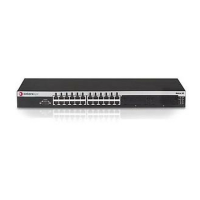
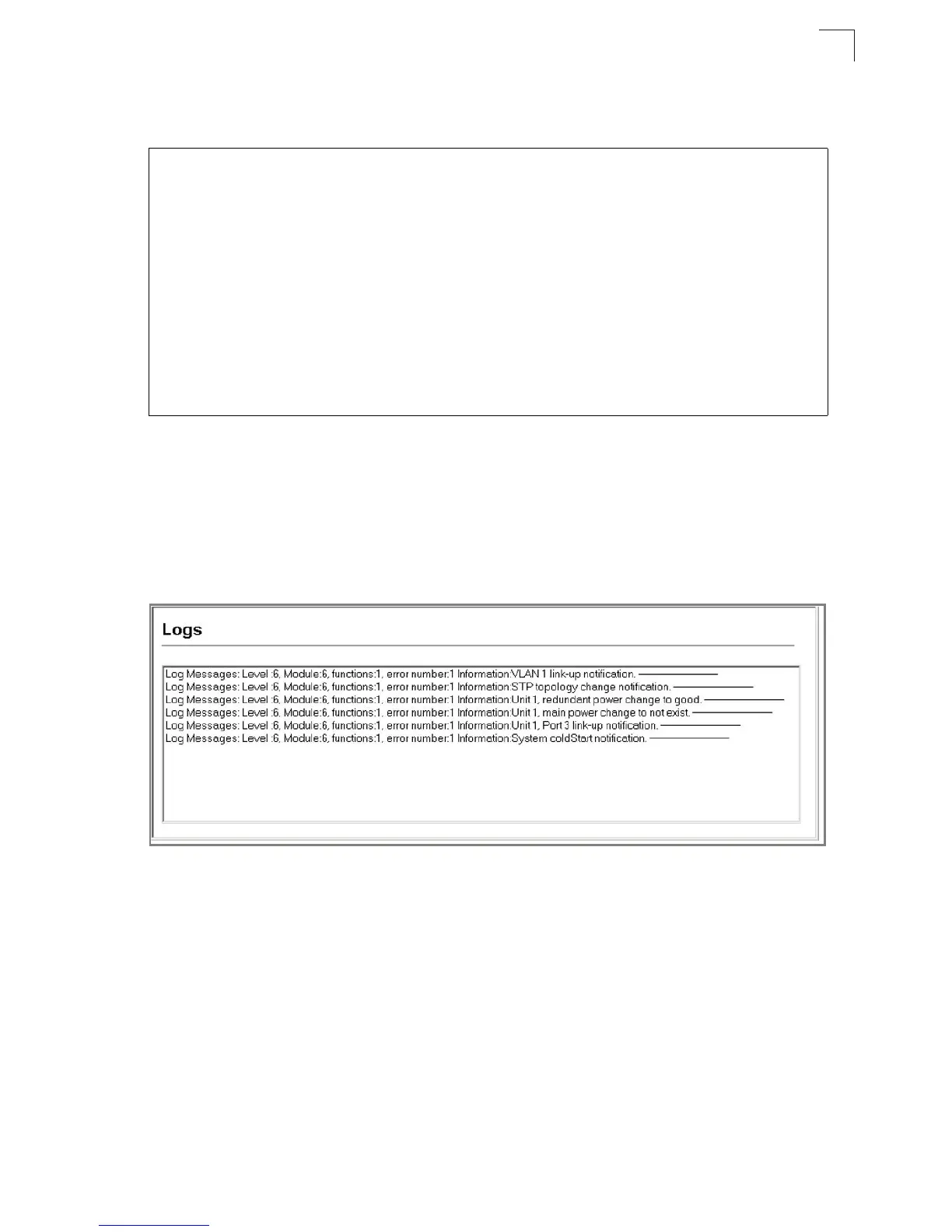